John Deere was born at Rutland, Vermont on February 7, 1804. By 1823 he had become a blacksmith, and spent the next few years working in various shops.
The lure of the West brought John Deere to Grand Detour, Illinois in 1836. The following year Deere built the first steel plow, using steel from a discarded sawmill blade.
Production started taking off by 1842 when 100 plows were built. Growth capital was acquired in 1843 by taking in Major Leonard Andrus as a partner. The agreement was terminated in 1847. By that time, production was 1,000 plows per year.
Because of poor transportation facilities, Deere began looking for a new location, and Moline, Illinois was selected. By 1852, four thousand plows per year came out of the Deere factories, and a newly developed grain drill was added to the line.
John Deere passed away in May, 1886. A son, Charles Deere, came into the firm in 1853 and took over the reins after his father’s death.
Gilpin Moore patented a sulky plow in 1875. It proved to be one of Deere’s hottest items. The Deere line was expanded through the years by development of new machines and acquisition of other companies.
Deere had been content to stay out of the steam engine and thresher business. By 1912 it was obvious that farm tractors should be added to the line. The Executive Committee, on March 5, 1912, passed a resolution that in effect put Deere & Company into the tractor business.
In July, 1912, C. H. Melvin was assigned the task of building an experimental motor plow. Experiments ended in 1914. Joseph Dain was then selected to develop a new tractor. Dain was the founder of Dain Manufacturing Company at Ottumwa, Iowa. It was acquired by Deere in 1911. Joseph Dain died in 1917, as did C. H. Melvin.
After perfecting the Dain tractor through three experimental models, it was decided to build 100 for general distribution. These were all built in 1919, and all were shipped to the Huron, South Dakota territory. No records are to be found concerning the performance or disposition of these tractors.
Max Sklovsky began a different set of tractor experiments in 1915, continuing into 1916.
Motor cultivators were the rage in 1916, and several experimental models were built, mostly under the direction of Walter Silver. These experiments continued into 1921.
On March 14, 1918, Deere & Company purchased the Waterloo Gasoline Engine Company for 82,100,000.00. This purchase put Deere into the tractor business overnight with an already proven machine.
Waterloo Boy was still developing a tractor in 1914 when the last “L” and “LA ” models were produced. The Model R was built from 1915 to 1919 — a simplistic version of the Model N built from 1917 to 1924.
For 1924, Deere brought out what was to be one of the most popular tractors of all time — the Model D. From 1924 to 1953, Model D’s rolled off the assembly lines. A smaller, more versatile “GP” (General Purpose) model was built from 1928 to 1935, complemented by the GP Wide-Tread model from 1929 to 1933.
Deere’s most popular tractor was the Model A built from 1934 to 1952. It spawned a whole new generation of two-cylinder tractors — the AO orchard model; the B, built from 1935 to 1952, and a complementary orchard model, the BO built from 1936 to 1947. The Model G appeared from 1937 to 1953, along with the L (1937-1946); and the LA, (1941-1946).
Other tractors of the period included the Model H built from 1939 to 1947; the M offered from 1947 to 1952 was accompanied by an MT model from 1949 to 1952.
From 1940 until 1947, the BO chassis was shipped to the Lindeman factories at Yakima, Washington. They mounted it on crawler tracks, and from this, the John Deere Lindemann crawler emerged. Deere entered the crawler tractor business with its MC model built from 1949 to 1952.
Deere’s first production diesel model came out in 1949. The Model R built through 1954 represented several years of effort to put a diesel tractor on the market. Deere engineers had tried for years to adapt the Model D engine to diesel service. Although the experiments showed a lot of promise, the D engine wouldn’t adapt itself to diesel service, voicing its disapproval through a “diesel knock” loud enough to discourage further development.
The first numbered tractors were the 50 and 60, both built from 1952 to 1956. The larger 70 models came along a year later, as did a 40 model built until 1955. A 40C crawler was available too from 1953 to 1955, and the old R diesel gave way to an 80 diesel built in 1955 and 1956.
The 20 series was introduced in 1956. Through 1958, the 320, 420, 520, 620, 720, and 820 models were offered.
Comfort and convenience were added in the 30 series built from 1958 to 1960. Except for the streamlined features, the 20 and 30 series’ were the same. Exceptions were the 730 and 830, both built until 1961.
A 435 model was offered in 1959 and 1960 — the first Deere tractor with either a 540 or 1000 RPM PTO shaft. Deere’s first four wheel drive tractor, the 8010, was offered in 1959.
A new generation of power appeared in 1960 with the introduction of a four cylinder line — finally concluding the day of the “poppin’ Johnny” . From 1960 to 1965 the line included the 1010 and 2010. The 3010 and 4010 were built from 1960 to 1963, and the 5010 was available in the 1962-1965 period.
Power shift transmissions became a reality on the 3020 and 4020 models built from 1963 to 1972. Four new models were offered in 1965 — the 1020, 2020, 2510, and the big 5020.
For 1968, the 820, 1520, and 2520 models were introduced, followed in 1969 by the 4000 and 4520 tractors, and in 1970 by the 4320. A 4620 emerged in 1971, along with a 6030 and a four wheel drive 7020 model. Another four wheel drive outfit, the 7520 appeared in 1972.
A second generation appeared in 1972, including the 4030, 4230, 4430, and 4630 models. Other recent Deere tractors include the 830, 1530, 2030, 2630, 8430, and 8630 models.
Today’s John Deere line seems to be the ultimate in engineering and performance, just as the 1924 Model D appeared to the farmers of that day and time. Using this philosophy, it seems unlikely that Deere will close their experimental department in the near future.





